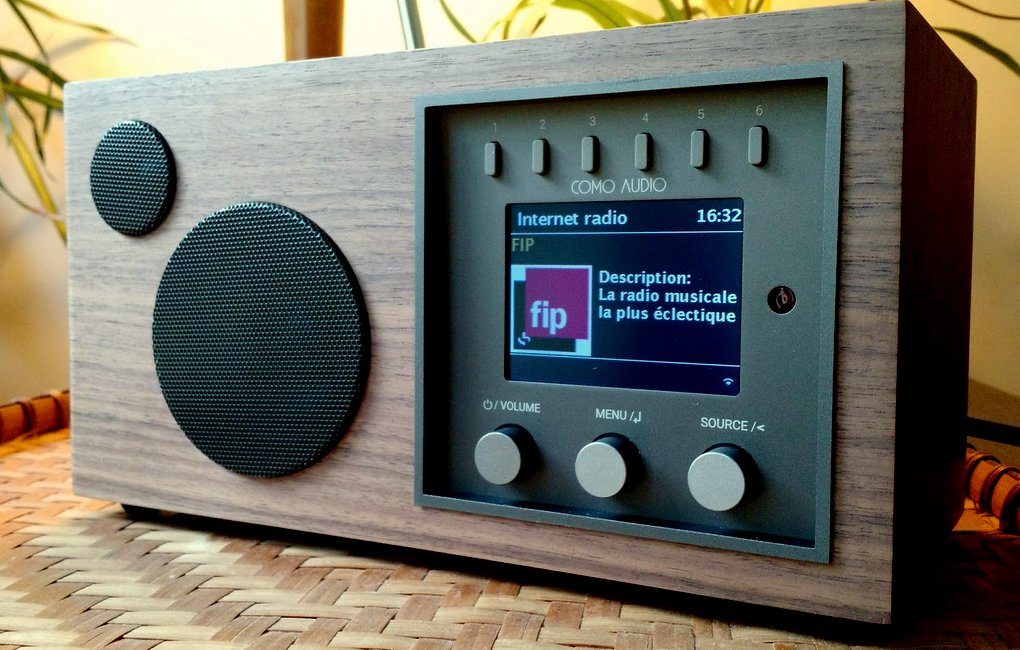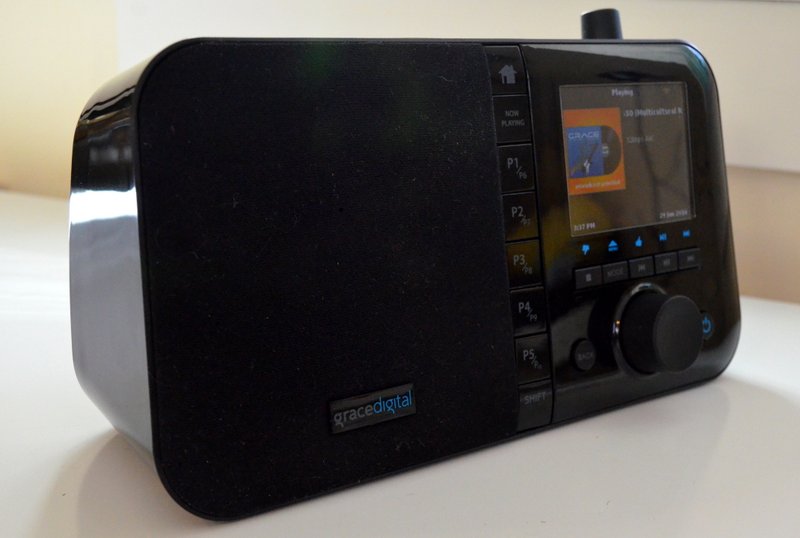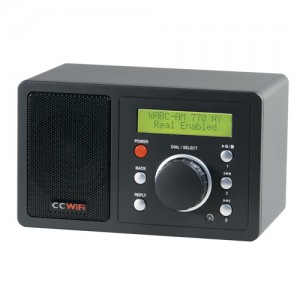Many thanks to SWLing Post contributor, David, who writes:
I live in the UK and, like many of your readers and contributors, one of the aspects of the radio hobby I enjoy is ‘content DXing’. As of yesterday [September 9, 2020], all of the US-based classical music stations and even some European news outlets are no longer available through TuneIn.
This appears to be because of a court ruling which identifies TuneIn as a ‘broadcaster & communicator’ rather than – as TuneIn itself claims – an indexer of available stations.
I’m assuming Direct Streams from each station are still available but I can’t help but worry that station aggregators might also be in the firing line at some stage.
Thank you for sharing this, David.
Implications Beyond TuneIn?
 At first blush, one might think this ruling only applies to TuneIn users, but it certainly sets the stage for further law suits since TuneIn isn’t the only “audio guide service” accessible in the UK.
At first blush, one might think this ruling only applies to TuneIn users, but it certainly sets the stage for further law suits since TuneIn isn’t the only “audio guide service” accessible in the UK.
Check out this article David shared from November 2019 when the ruling originally took place:
In 2017, Sony and Warner sued US-based radio service TuneIn, claiming the company infringed its copyrights in the UK. A judgment handed down today by the High Court states that while TuneIn does not offer content itself, the provision of hyperlinks to content not officially licensed in the UK constitutes a communication to the public and is therefore infringement.
TuneIn is one of the most prominent and recognizable providers of radio content in the world.
Available for free or on a premium basis, the service offers access to well over 100,000 radio stations and millions of podcasts. It doesn’t provide this content itself but acts as an indexer (“audio guide service”, according to TuneIn) for those looking to access third-party streams.
In 2017 it emerged that Sony Music UK and Warner Music UK had sued the US-based company in the UK, claiming that since many of the TuneIn-indexed stations are unlicensed to play music in the region, linking to them amounts to infringement of the labels’ copyrights.
Today, the High Court of England Wales handed down its decision and it doesn’t look good for TuneIn. The judgment begins by stating the opposing positions of the labels and TuneIn, which are particularly familiar in these types of disputes concerning hyperlinking.
“The claimants say that a finding for the defendant will fatally undermine copyright. The defendant says that a finding for the claimants will break the internet,” Justice Birss writes.
The labels argued that TuneIn needs a license, an assertion “strongly disputed” by TuneIn. The company argued that it does not “store any music, and merely provides users of TuneIn Radio with hyperlinks to works which have already been made freely available on the internet without any geographic or other restriction.”
In other words, TuneIn presents itself as not unlike Google search but instead of indexing websites, it indexes and links to radio streams. However, Justice Birss declared the service to be “much more than that”, in part due to its curation and search features.
“I find therefore that the activity of TuneIn does amount to an act of communication of the relevant works; and also that that act of communication is to a ‘public’, in the sense of being to an indeterminate and fairly large number of persons,” he writes.[…]
Indeed, this is essentially what all station aggregators do: they index, curate, and make streaming audio content readily available via Internet media devices like WiFi Radios.
While most WiFi radio station aggregators don’t have the app and web browser-based following and popularity of TuneIn, they do offer the “curation and search features” which lead Justice Birss to side with Sony and Warner.
UK Sonos Users Affected
David also points out complaints from Sonos users in the UK who have been directly affected by the TuneIn ruling. One Sonos owner commented:
Dear Sonos: can you see the enormity of the damage that’s been inflicted to your product? A major feature of the product has been devalued – at least for UK customers. Internet radio is 90% of what I use Sonos for; 80% of my listening is non-UK. Stopped working overnight. And you seem to be just as surprised as I am. How come you didn’t see this coming? You send me an email whenever you have something new to sell. Why didn’t you send me an email to warn me that this predictable event was going to hit me? You don’t seem to have a mitigation plan. You don’t have a how-to-workaround or this-is-what-we-are-doing-to-fix-it article in an prominent place on your web site.
Note that it’s not only TuneIn that’s now broken but also Sonos Radio. “Sonos Radio is an Internet radio service, exclusively available on Sonos. It features 60,000 radio stations from around the world”, it says on the tin. No it doesn’t anymore. They are still all there but they don’t work when you click on them.
From Sonos’s vantage point, TuneIn may be a separate entity. But that’s irrelevant from my point of view. I want the functionality that the product promises.
OK there may be some workarounds. I’m sure I’ll find them. But the fact remains that a major feature of the product no longer “just works”. It can still be “made to work”, but that takes a certain level of cyber-literacy.
I’m willing to bet UK users of other streaming media devices and smart speakers–especially devices from companies who aren’t in the business of directly streaming copyrighted music–will eventually have a smaller selection of international content.
Is there a work around?
Surely. But it could require heavy use of a VPN or similar service to trick TuneIn, Sonos, or other Internet devices into believing they’re physically located outside the UK. This may only be a temporary fix, however. Both Netflix and Amazon Video streaming services, for example, began effectively blocking most of the major VPNs a few years ago.
Have you been affected?
To be clear: I’m no expert in streaming media law, so what I’ve presented here are the basics and user reports. These are my own opinions and assumptions about where this ruling could lead.
If you live in the UK and have been directly affected by this ruling, we’d appreciate your comments.




 At the
At the 


